Suðuroy literally ‘South Island’, Danish: Suderø) is the southernmost of the Faroe Islands. The island covers 163.7 square kilometres (63.2 sq mi). In 2018 the population was 4,601. Suðuroy region (sýsla) comprises this island and Lítla Dímun, the next isle northward in the Faroes, which is uninhabited.
One ancient settlement, Víkarbyrgi was abandoned late in the 1990’s. Another settlement, Akraberg was abandoned around 1350 because of the Black Death; the people who lived there at that time came from Friesland, and legend has it that people in Hørg (in Sumba) can trace their ancestry back to this settlement, which was situated on the southernmost point of the island.
In the 17th century, Suðuroy was subjected to repeated attacks by North African pirates, who in the Faroe Islands were referred to as Turks when North Africa belonged to the Ottoman Empire. One well known such incident was the Slave raid of Suðuroy. They abducted several women and children. Famine ensued, and many of the island’s inhabitants died of starvation. In 1615, the pirate-plagued Hvalba was rescued by two Danish warships in the spring. The pirates, who used Hvalba as a kind of base port, had unfortunately sailed 14 days before the arrival of the Danish squadron.
The village of Sandvík was re-established in the 19th century. Fámara was re-settled in 2010 with the expansion of Vágur beyond its original town borders. Two more settlements were started in the early and mid-20th century: Botni, northwest of Vágur, and Tjaldavík, in a bay southeast of Øravík. Both sites have been abandoned again.
Suðuroy’s population has been falling gradually since the 1970s. In 1985, the island had 5,881 inhabitants, but by 2019 the population fell to a record low of 4,591.



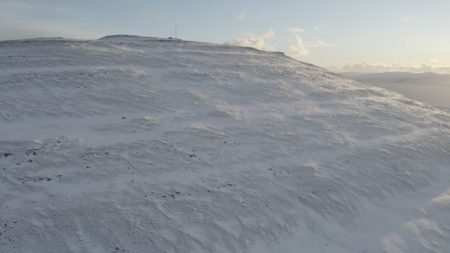

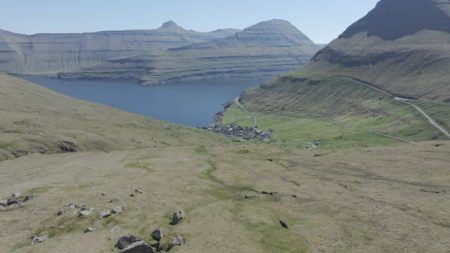
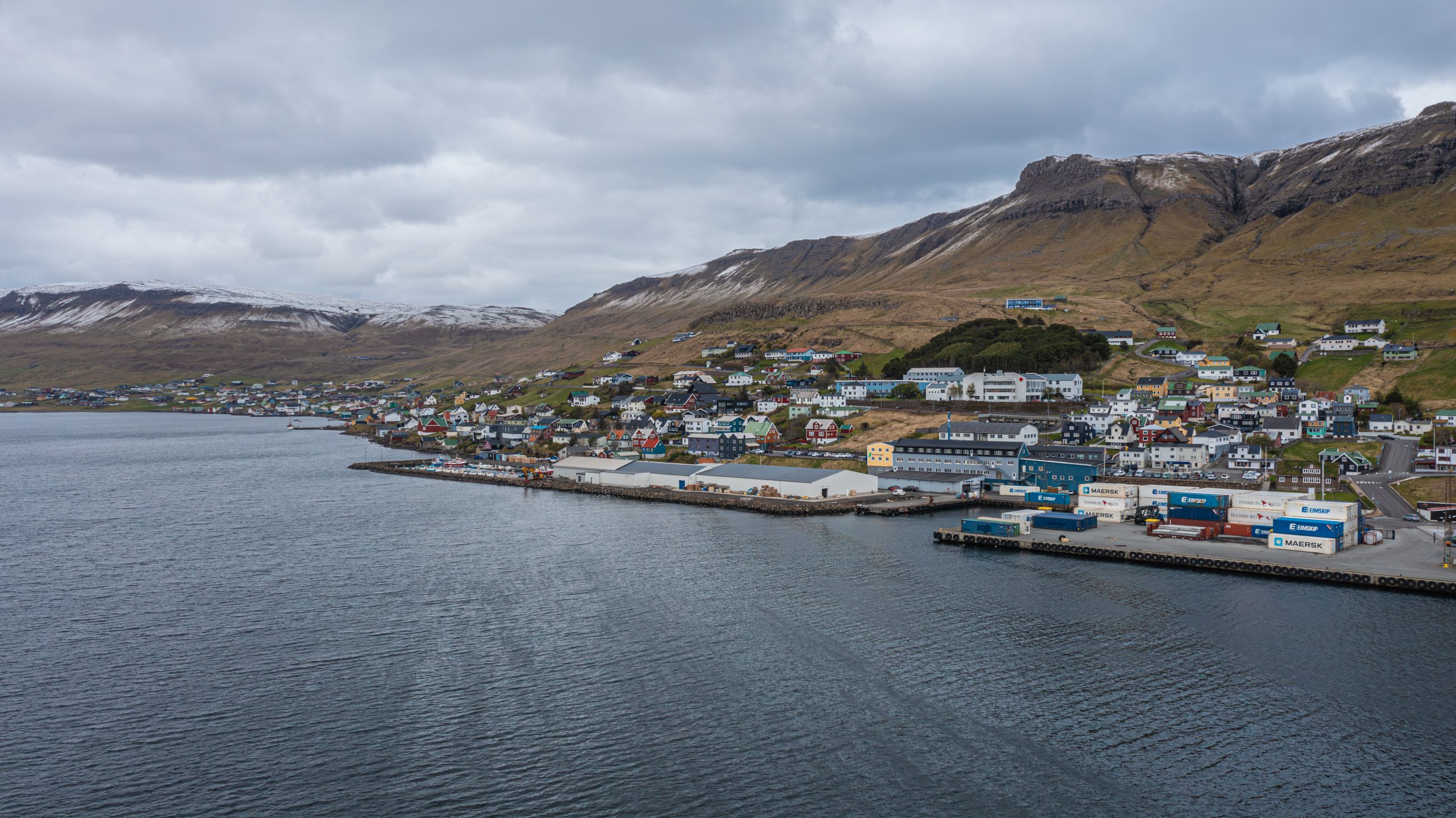
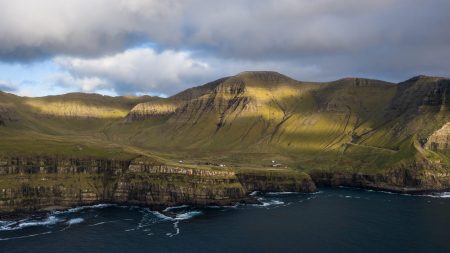
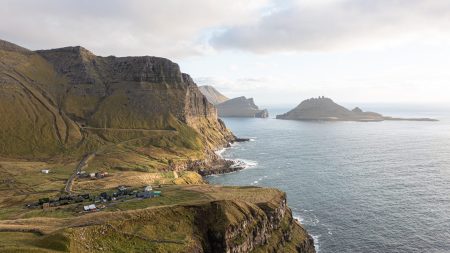
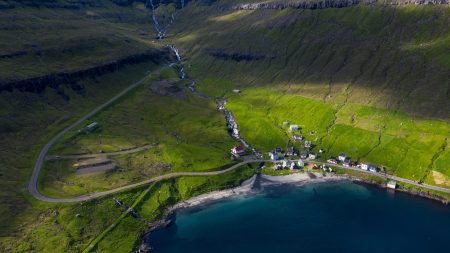
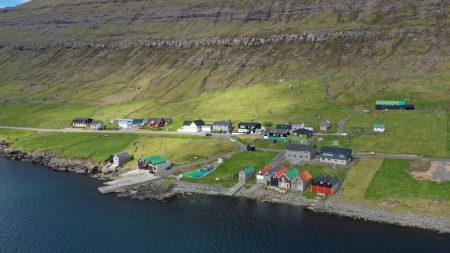
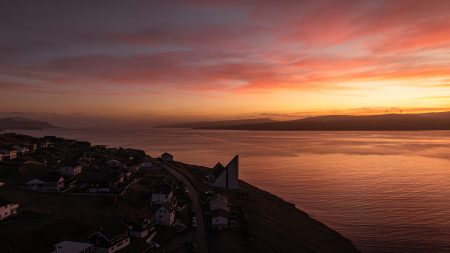
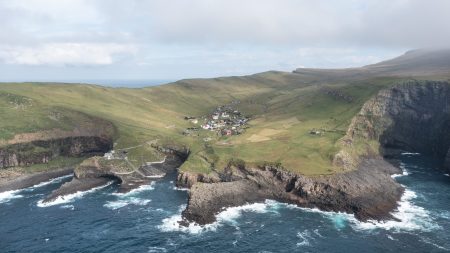
Reviews
There are no reviews yet.